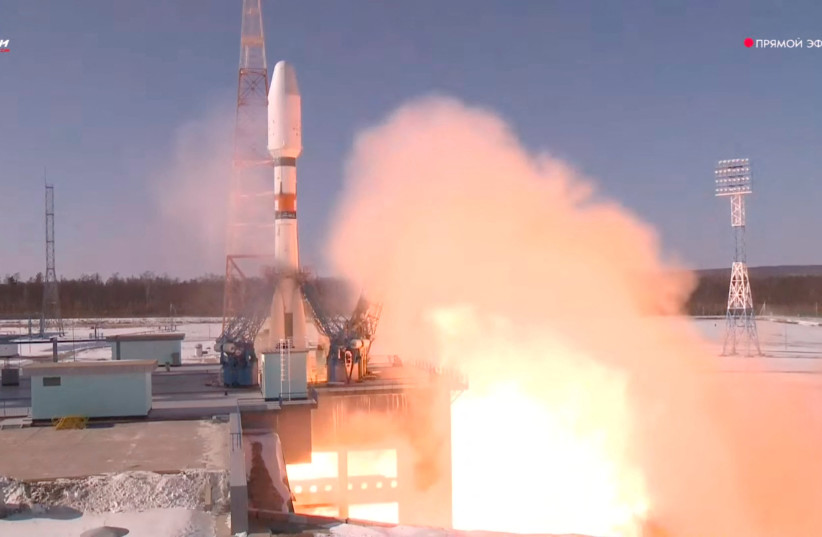Iran has announced that it successfully launched a satellite from Russia. The satellite is called the Pars-1 and is considered a “remote sensing and imaging” satellite. It was launched with a Russian Soyuz launcher. Iranian media have made much of this success.
It was launched from the Vostochny Cosmodrome launch base, which is 5,000 miles east of Moscow. It is a Russian spaceport first used in 2016, designed to move more launches to Russia’s far east, and out of Kazakhstan, where Russia used to conduct most launches. Issa Zareppur, Iran’s telecommunications minister, praised the launch and noted that Iran has launched 12 satellites in the last two years.
The Pars 1 was sent into an orbit at around 500km from the Earth’s surface, which would make it a low earth-orbit satellite. It weighs 134kg according to Iran’s Tasnim News. Testing was carried out at the Iranian Space Research Institute. It is part of a “series of research-measurement satellites of the Iran Space Research Institute and was designed and produced for the purpose of functional imaging, development of the domestic measurement data market, and the development and testing of technologies required for local operational measurement satellites,” Tasnim says.

According to reports Iran, launched three satellites in January. This included a launch with Iran’s Simorgh rocket.
Iran also launched a “research” satellite of the IRGC. Iran claims all these satellites are not related to its military ballistic missile and nuclear program. However, it is clear that Iran’s investment in the launch technology and increase in power in space is directly tied to the country’s attempts to grow its indigenous abilities in this realm.
Russia also launched an Iranian remote sensing satellite from Kazakhstan in 2022. Overall, the Iranian satellite launch and its partnership with Russia represent increasing threats by the Iranian regime to the region. Iran has exported Shahed 136 drones to Russia, and Russia and Iran have collaborated in the past on various programs that have helped Iran increase its technological capabilities in various realms. For instance, Iran’s rocket and missile programs have increased its abilities in the last decade, including the deployment of longer range precision missiles.
In addition, Iran’s space program has increased its number of satellites. Iran continues to also enrich uranium and work towards achieving a nuclear weapon. All of these details put together, with cooperation between Iran and Russia, illustrate how Tehran is aiming to knit together its various military, space, and technological capabilities with links to countries that oppose the West.
Iran backed the Hamas October 7 massacre in Israel and encouraged Hezbollah and the Houthis to carry out attacks to destabilize the region. Iran also partners with Russia and China, which have not condemned the Hamas attack. These linkages matter and the satellite launch may in itself not be of great importance, but it is symbolic of the larger trend.
